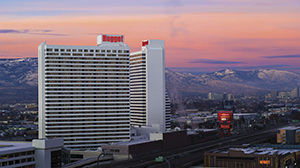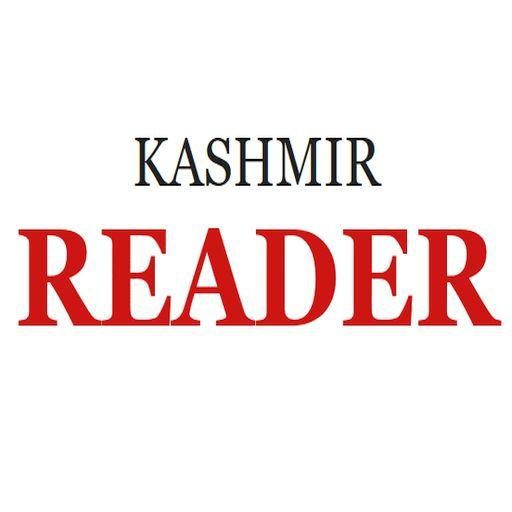Horoscope
How Columbia University triggered campus protests across US, several students arrested

US universities are up in arms against the government and the authorities amidst the Hamas-Israel conflict. In a bid to demand answers and stop the Gaza genocide students have transformed campus premises into protest zone. But even as the protests have been on for weeks what triggered the sudden upsurge?
It was Columbia University that started the fire and it has now spread across campuses across the country.
What triggered the sudden campus rebellion across US?
Columbia University’s recent decision to involve the New York Police Department in clearing pro-Palestinian protesters from campus has ignited a series of intense demonstrations across universities in New York City and nationwide.
The events unfolded following the arrest of 108 Columbia University demonstrators, including Isra Hirsi, daughter of Rep. Ilhan Omar, drawing attention and solidarity protests from institutions such as New York University, Yale University, the University of Illinois, and even further afield to the University of California, Berkeley, and the University of Southern California.
Also Read: US House Speaker Mike Johnson calls for Columbia Uni President’s resignation
When and why did Columbia University protest begin?
The genesis of the protests traces back to April 17 when Columbia University President Nemat “Minouche” Shafik faced inquiries about on-campus anti-semitism during a hearing before the Republican-led House Committee on Education and the Workforce.
The subsequent police intervention to dismantle the encampment raised tensions, prompting students like Rachel, a Columbia student, to join the demonstrations. Rachel described Shafik’s actions as the tipping point, citing a sense of suppression and censorship among students prior to the events.
The pro-Palestinian protests, calling for divestment from Israeli companies and expressing solidarity with Palestinians, have resonated across the nation.
Organizers believe the protests have been effective in pressuring administrations to consider divestment from Israel, despite facing backlash from conservative politicians advocating for a crackdown on demonstrators.
Columbia University students given 2-day deadline
While the encampments continue at Columbia, discussions between student representatives and university officials are ongoing. Marianne Hirsch, a Columbia University English professor, criticized Shafik’s handling of the situation, “squashing peaceful protest, squashing open debate, not allowing students to express their opinions and debate their opinions.”
The escalating tensions have drawn attention to the broader issue of safety and freedom of expression on college campuses. Jewish students, such as Itai Dreifuss, have reported feeling threatened and intimidated by the protests, highlighting the complex dynamics at play.
As the protests persist and the debate intensifies, the role of university leadership and the response from law enforcement remain under scrutiny. The events at Columbia University underscore the challenges universities face in navigating contentious political issues while upholding principles of academic freedom and safety for all students.










